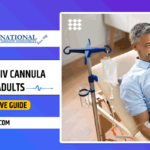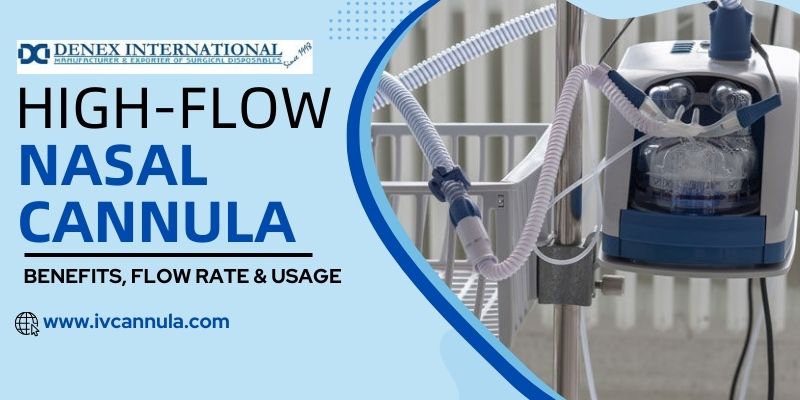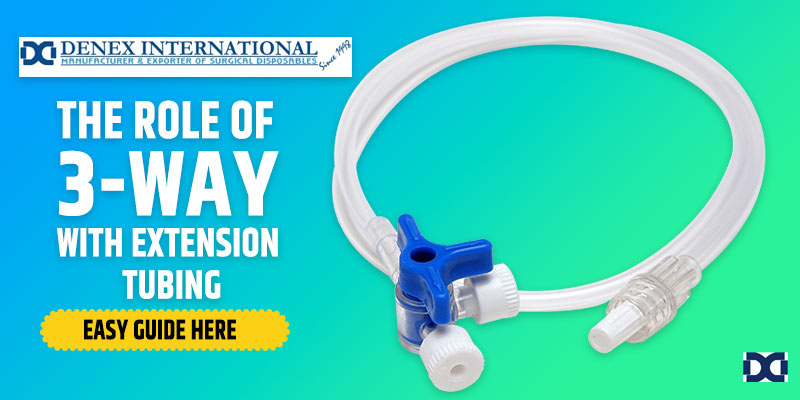In medical interventions, intravenous (IV) cannulation is a cornerstone for delivering crucial treatments directly into a patient’s bloodstream. While this procedure is routine and often life-saving, it has. In this exploration, brought to you by Denex International, a leading IV cannula manufacturer, we delve into the Complications of IV Cannula, shedding light on the potential complications that healthcare professionals may encounter to pursue optimal patient care.
I. Overview of IV Cannulation:
Before delving into the intricacies of complications, it’s essential to grasp the fundamental concept of IV cannulation. This procedure involves the insertion of a cannula, a thin tube, into a patient’s vein to facilitate the administration of fluids, medications, or blood products. While this process is generally safe and effective, the dynamic nature of healthcare brings forth a spectrum of complications that healthcare providers must navigate with precision.
II. Common Complications of IV Cannula:
1. Infiltration: Infiltration occurs when the infused fluid leaks into the surrounding tissues rather than entering the vein. This can lead to swelling, pain, and compromised drug delivery. Vigilant monitoring of the infusion site and prompt intervention are crucial to mitigate the effects of infiltration.
2. Phlebitis: Phlebitis, characterized by vein inflammation, can result from mechanical irritation, infection, or the composition of infused substances. Redness, swelling, and pain along the vein are indicators of phlebitis. Maintaining proper aseptic techniques during cannulation and selecting appropriate veins can help minimize this complication.
3. Hematoma: Hematoma formation may occur due to accidental puncture of the vein, causing blood to accumulate in the surrounding tissues. Proper needle placement, careful tourniquet removal, and gentle pressure post-cannulation can reduce the risk of hematoma.
4. Thrombophlebitis: Thrombophlebitis involves the formation of blood clots within a vein, leading to inflammation. Prolonged IV cannulation, irritating infusates, or pre-existing conditions may contribute to this complication. Diligent site rotation, assessing clotting risks, and utilizing anticoagulant solutions when appropriate are preventive measures.
5. Air Embolism: Though rare, air embolisms can occur if air is inadvertently introduced into the circulatory system during cannulation. This complication can have severe consequences, including respiratory distress and cardiac issues. Strict adherence to priming IV lines and removing air bubbles is imperative to prevent air embolisms.
6. Catheter-related Infections: Infections can arise at the cannulation site, particularly if aseptic techniques are not rigorously followed. Regular site assessments, proper hand hygiene, and sterile equipment prevent infection.
III. Addressing Complications:
1. Continuous Monitoring: Regular and vigilant monitoring of the IV site is paramount for early detection of complications. Healthcare providers must assess for signs of infiltration, phlebitis, or any other adverse reactions during IV therapy.
2. Prompt Intervention: Timely intervention is critical when complications arise. This may involve repositioning the cannula, discontinuing the infusion, applying cold compresses, or consulting other healthcare professionals for specialized care.
3. Patient Education: Empowering patients with knowledge about potential complications and the importance of reporting any discomfort or changes at the cannulation site is integral. Patient education contributes to early detection and intervention.
IV. Prevention Strategies:
1. Proper Training: Ensuring that healthcare professionals receive comprehensive training in IV cannulation techniques and complications is fundamental to preventing adverse events.
2. Aseptic Techniques: Strict adherence to aseptic techniques, including hand hygiene, sterile gloves, and a clean environment, reduces the risk of infections and other complications.
3. Site Rotation: Rotating cannulation sites and avoiding prolonged use of a single site help prevent complications such as thrombophlebitis and infiltration.
4. Selection of Appropriate Cannula: Choosing the right type and size of the cannula based on the patient’s condition and treatment requirements contributes to successful cannulation and minimizes complications.
Read Also: How to Insert an IV Cannula
Conclusion:
In the dynamic healthcare landscape, where IV cannulation is a routine yet critical procedure, understanding and addressing complications are paramount. By unraveling the intricacies of complications and embracing preventive strategies, healthcare professionals can confidently navigate the challenges associated with IV cannulations. Denex International, as a dedicated IV cannula manufacturer, underscores the importance of continuous learning, adherence to best practices, and a commitment to patient safety in the ever-evolving journey of medical care.







